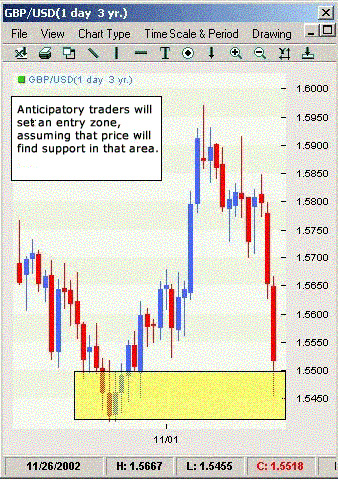the_coumiester
Member
- Messages
- 94
- Likes
- 4
Hello; new member here. Call me Cou, it's probably not as cool to you, since it rhymes with the flu... who knew... that something so lame could stew?
Yeah, anyway, I had a question about the "double-top". I understand the concept, sort of, that a charting pair will show two increases that make an "M" symbol, but does the chart follow only with a decline, and never another rise? And how is it really different than the fluctuation of the charts in the first place?
Thanks!
Yeah, anyway, I had a question about the "double-top". I understand the concept, sort of, that a charting pair will show two increases that make an "M" symbol, but does the chart follow only with a decline, and never another rise? And how is it really different than the fluctuation of the charts in the first place?
Thanks!


